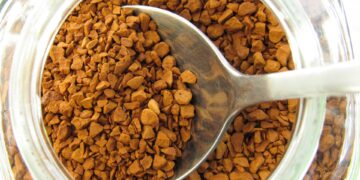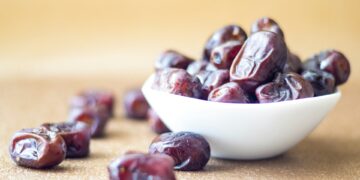They are salt traps.
A recent study published in the Journal of the American Heart Association highlights how certain high-sodium foods—particularly pizza, soup, and chicken—are among the leading sources of sodium intake for Americans across all racial and ethnic backgrounds. While these foods are common dietary staples, they significantly contribute to health issues like high blood pressure and heart disease. However, the way sodium is consumed varies depending on cultural and individual habits.
The research, which analyzed data from a national health and nutrition survey conducted between 2017 and 2020, found distinct patterns among different racial and ethnic groups. Asian American adults, for example, were more likely to use salt during cooking but less likely to add it at the table. In contrast, many Black Americans reported actively trying to lower their salt consumption, often following a doctor’s advice.
Despite variations, most Americans still consume far more sodium than recommended—about 3,400 milligrams daily, compared to the American Heart Association’s advice of 2,300 mg for healthy individuals and 1,500 mg for those with high blood pressure. The study also identified culturally specific sources of sodium. For Asian Americans, foods like soy sauce and stir-fry sauces played a large role. Mexican American diets often included salty traditional dishes such as enchiladas and tamales. For Black Americans, processed poultry like chicken tenders and nuggets were among the top contributors.
The lead researcher, Jessica Cheng of Harvard’s T.H. Chan School of Public Health, emphasized the importance of personalized approaches to sodium reduction. She noted that not all rice consumed by Asian Americans is salted, which could mean earlier estimates of their sodium intake were too high. Cheng encouraged more diverse diets with potassium-rich vegetables and homemade meals to help reduce salt consumption.
Health experts, including American Heart Association spokesperson Dr. Stephen Juraschek, stressed the value of this data in helping healthcare professionals offer tailored guidance. Effective strategies for lowering sodium intake must consider cultural food habits and individual dietary preferences to be successful.

































Discussion about this post